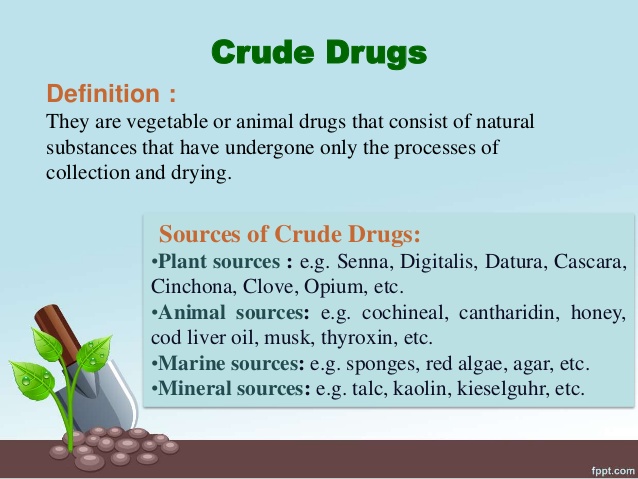Crude Drugs – Botany Notes – For W.B.C.S. Examination.
অপরিশোধিত ওষুধ – উদ্ভিদ বিদ্যা নোট – WBCS পরীক্ষা।
Cultivation of medicinal plants requires intensive care and management. The conditions and duration of cultivation required vary depending on the quality of medicinal plant materials required.Continue Reading Crude Drugs – Botany Notes – For W.B.C.S. Examination.
Methods of Propagation:
Vegetative propagation (Asexual propagation):
Vegetative propagation can be defined as regeneration or formation of a new individual from any vegetative part of the plant body. The method of vegetative propagation involves separation of a part of plant body, which develops into a new plant.
Methods of vegetative propagation:
They are two types:
1. Methods of natural vegetative propagation:
2. Methods of artificial vegetative propagation.
Following methods are used:
1. Cutting:
These are the parts of the plant (stem, root or leaf) which, if grown under suitable’ conditions, develop new plants. Stem cutting are generally used to obtained new plants. Examples: Sugarcane and rose, etc.
2. Layering:
Roots are induced on the stem while it is still attached to the parent plant. This part of stem is later detached from the parent plant and grown into a new plant.
3. Grafting:
New variety is produced by joining parts of two different plants. The rooted shoot of one plant, called stock, is joined with a piece of shoot of another plant known as scion. Examples: Rose, citrus and rubber, etc.
4. Micro propagation:
This method consists of growing cell, tissue and organ in culture. Small pieces of plant organs or tissues are grown in a container with suitable nutrient medium, under sterilized conditions. The tissue grows into a mass of undifferentiated cells called callus which later differentiates into plantlets. These are then transferred into pots or nursery beds and allowed to grow into full plants.
Collection of drugs:
Medicinal plant materials should be collected during the appropriate season or time period to ensure the best possible quality of both source materials and finished products. It is well known that the quantitative concentration of biologically active constituents varies with the stage of plant growth and development.
This also applies to non-targeted toxic or poisonous indigenous plant ingredients. The best time for collection (quality peak season or time of day) should be determined according to the quality and quantity of biologically active constituents rather than the total vegetative yield of the targeted medicinal plant parts.
In general, the collected raw medicinal plant materials should not come into direct contact with the soil. If underground parts (such as the roots) are used, any adhering soil should be removed from the plants as soon as they are collected.
Collected material should be placed in clean baskets, mesh bags, other well aerated containers or drop cloths that are free from foreign matter, including plant remnants from previous collecting activities. After collection, the raw medicinal plant materials may be subjected to appropriate preliminary processing, including elimination of undesirable materials and contaminants, washing (to remove excess soil), sorting and cutting.
The collected medicinal plant materials should be protected from insects, rodents, birds and other pests, and from livestock and domestic animals. If the collection site is located some distance from processing facilities, it may be necessary to air or sun-dry the raw medicinal plant materials prior to transport.
If more than one medicinal plant part is to be collected, the different plant species or plant materials should be gathered separately and transported in separate containers. Cross-contamination should be avoided at all times.
Collecting implements, such as machetes, shears, saws and mechanical tools, should be kept clean and maintained in proper condition. Those parts that come into direct contact with the collected medicinal plant materials should be free from excess oil and other contamination.
For Guidance of WBCS (Exe.) Etc. Preliminary , Main Exam and Interview, Study Mat, Mock Test, Guided by WBCS Gr A Officers , Online and Classroom, Call 9674493673, or mail us at – mailus@wbcsmadeeasy.in
Visit our you tube channel WBCSMadeEasy™ You tube Channel
Please subscribe here to get all future updates on this post/page/category/website



 Toll Free 1800 572 9282
Toll Free 1800 572 9282  mailus@wbcsmadeeasy.in
mailus@wbcsmadeeasy.in


















































































































